
14 minute read
Jonathan Tjien Fooh / Designalism
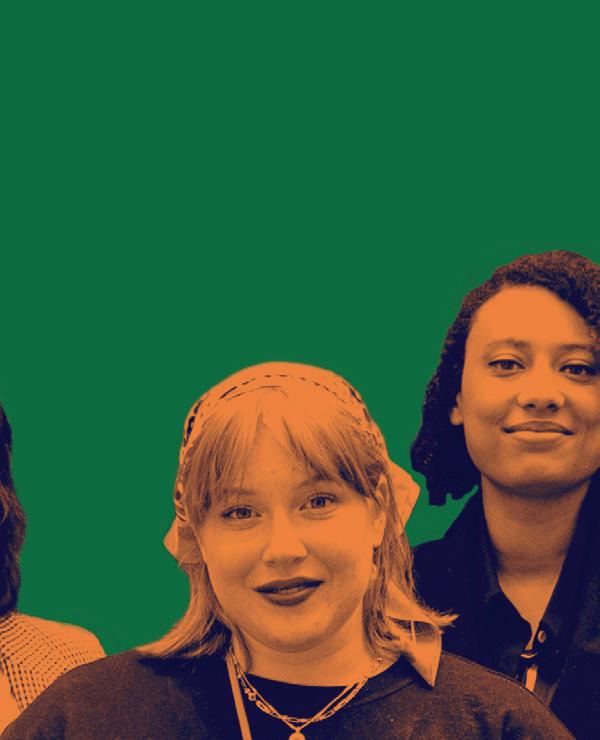
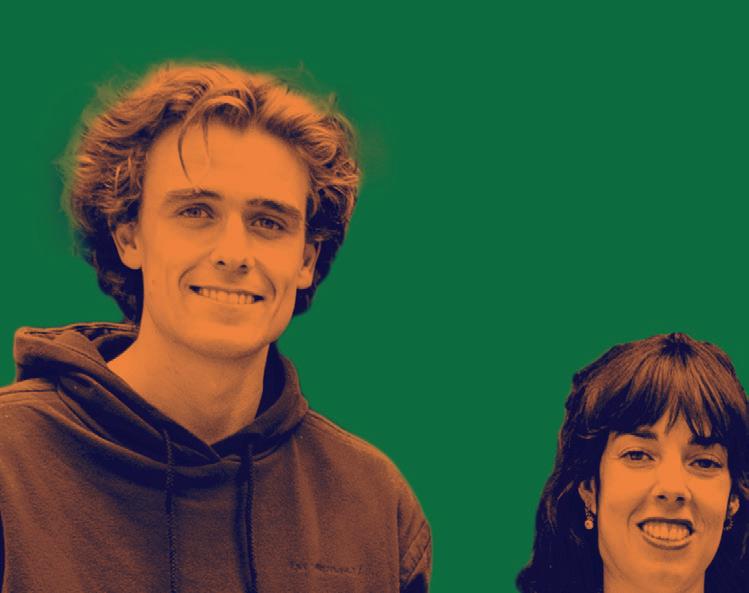
Advertisement
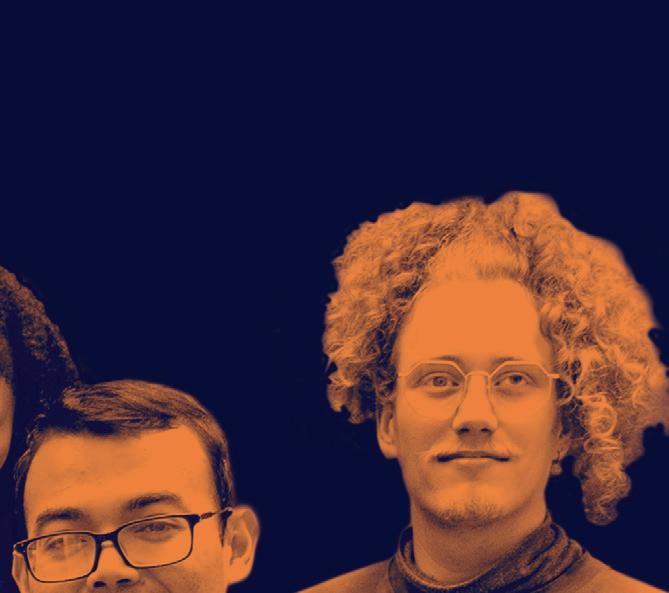
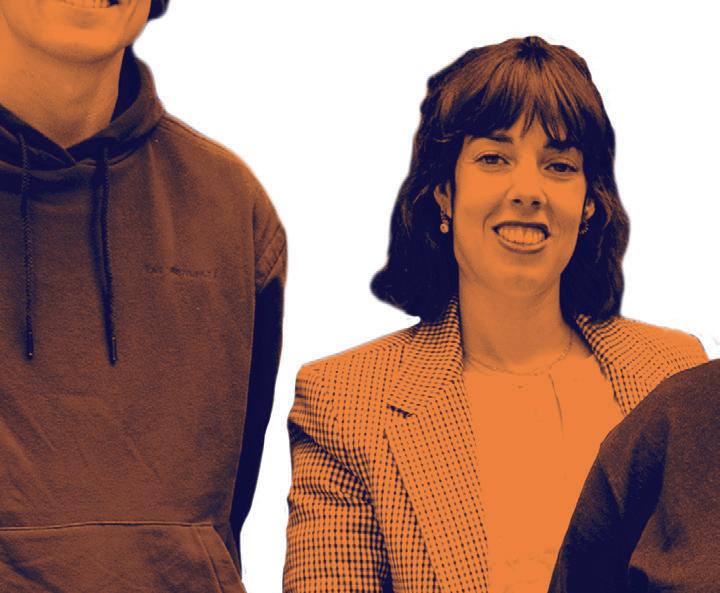
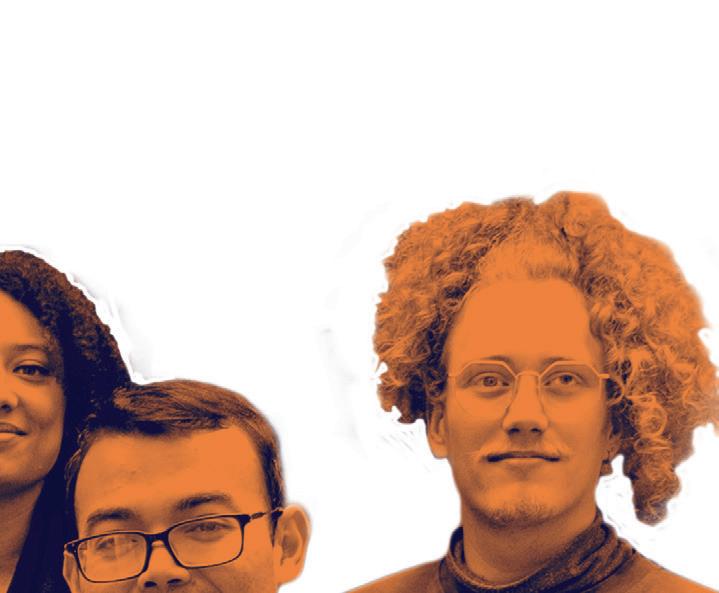
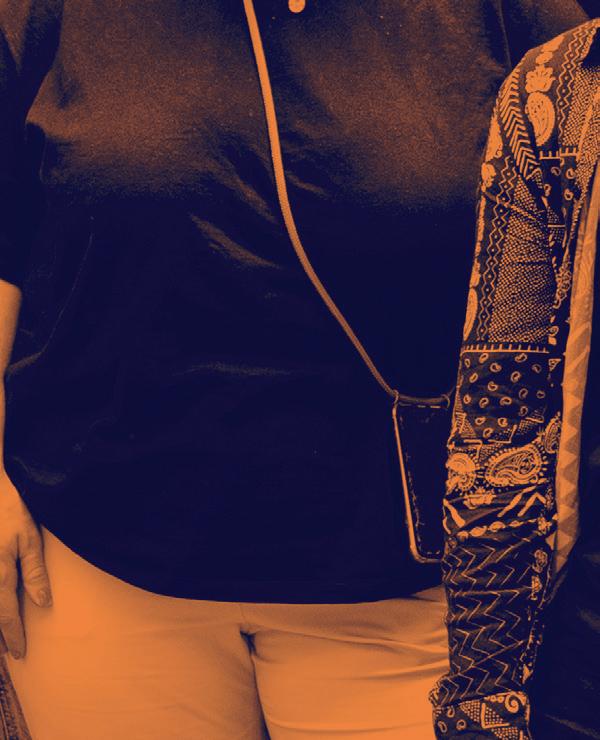
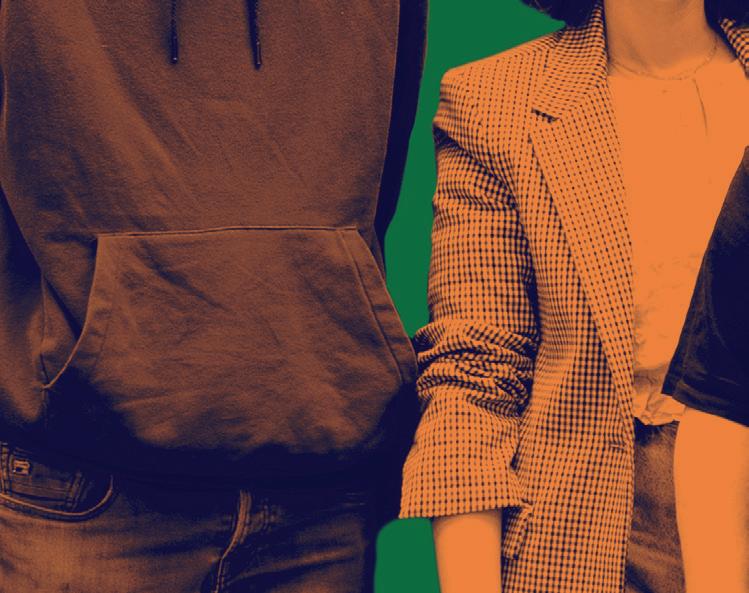
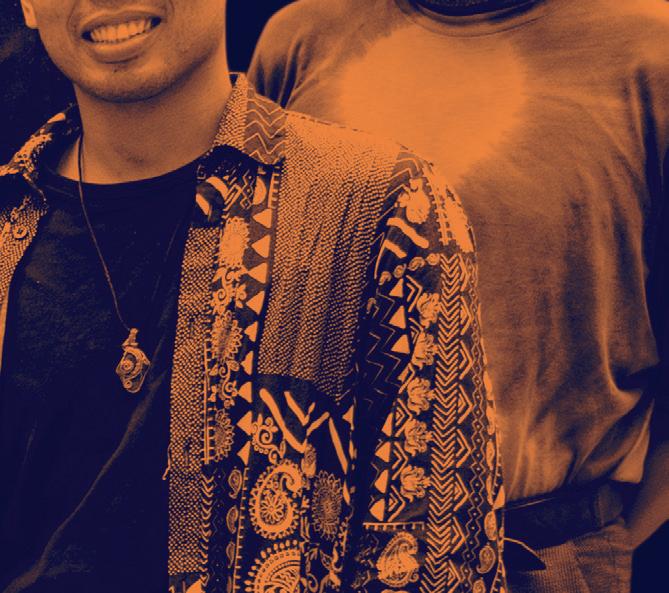
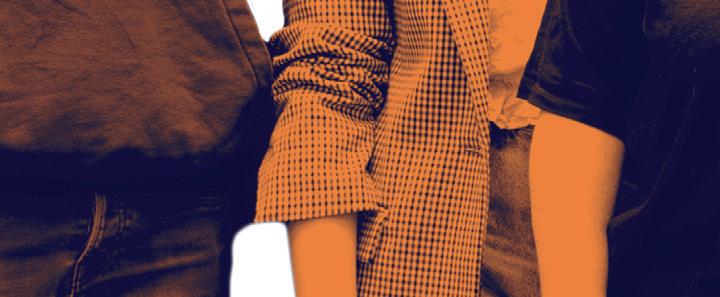
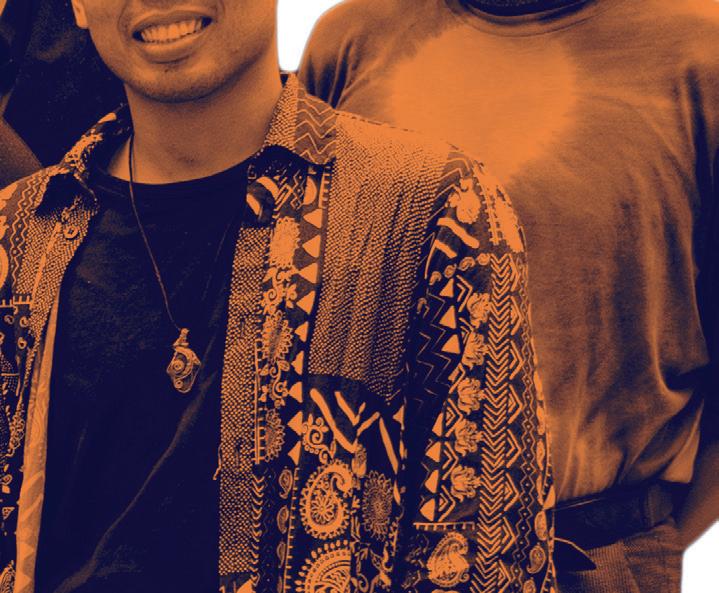
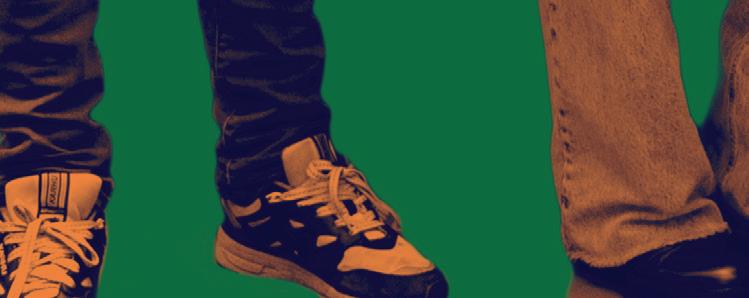
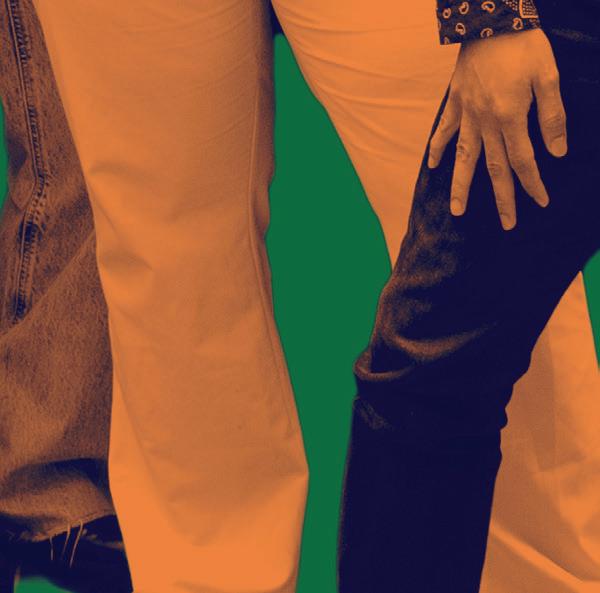
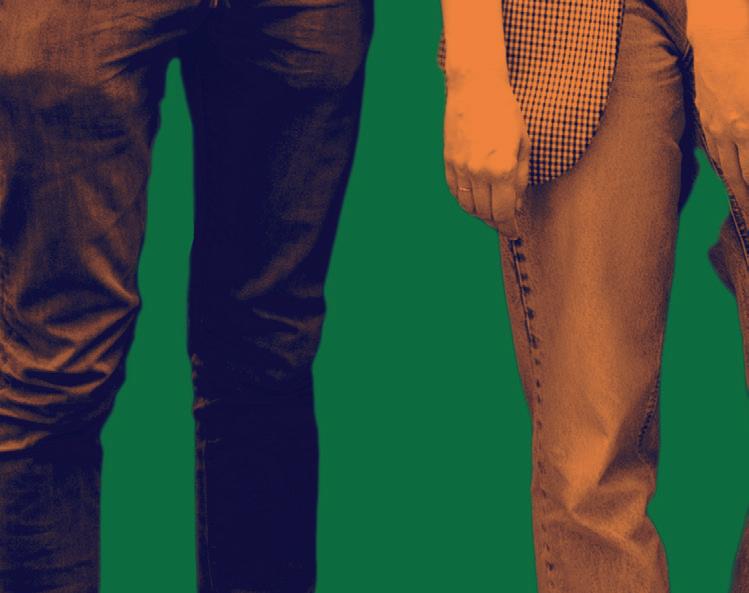
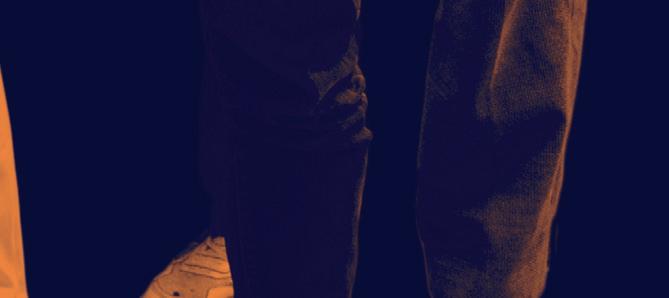
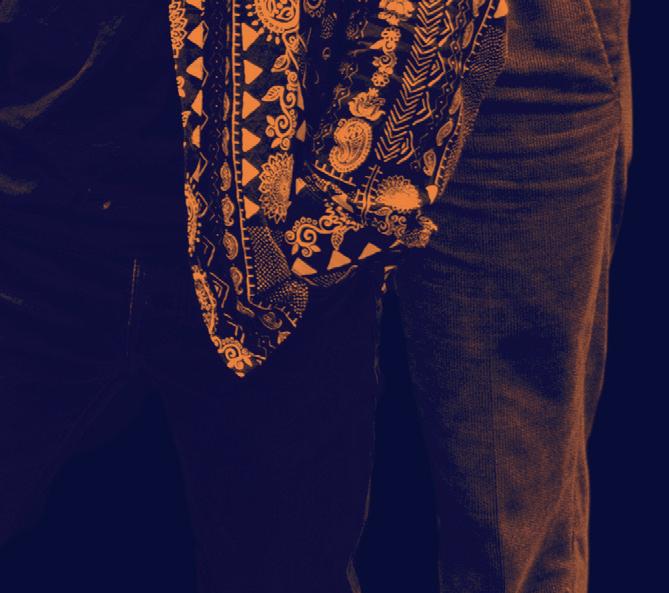
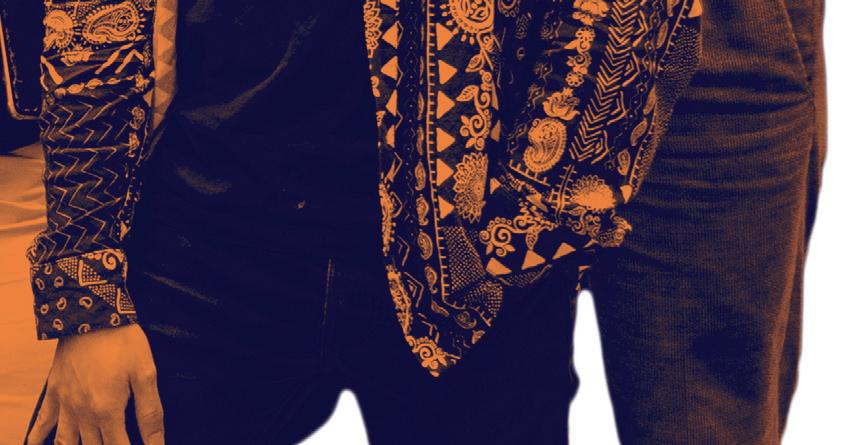
In fourth grade, I told my mother I was going to study at a friend’s house. But instead, I secretly took a 45-minute bus ride to the big city. I, a small kid in a school uniform and a ponytail, spent my afternoon wandering around the bustling, noisy streets, full of pedestrians rushing to somewhere that seemed extremely important, crossing and dancing around each other’s paths. There were mixed sounds of conversations, laughter, and arguments, and the scent of the salty ocean mixed with car exhaust, perfumes, and body odours. I was hooked and kept sneaking out whenever I could. Only one bus ride away from me, a world bursting with mysteries to be explored.
Smart Cities Cities will always represent for me a ‘sum that is bigger than its part’, more than geographic and architectural landscapes that one can chart and visit, an intricate tapestry of histories, communities, and stories. Cities are formed and can only be truly experienced by unmediated shared and intimate experiences, attitudes, and etiquettes. Such qualities can only be comprehended by unmediated engagement.
With the incredible real-time computational and spatial technological abilities we hone today, urban environments quickly become a perfect petri dish for identifying, targeting, and implementing mass behaviours and trends. An ideal condition to champion the integration of digitally-infused urban systems to create Smart Cities, berating the innovation value that large-scale data analysis can produce such as its contribution to deploy eff ective policies and effi ciently respond to citizens’ needs.
This approach might be wellintentioned but echoes a narrow perspective of technological means as the core (and only) path for progress. Some automation paths can lead to experiential hell. Think about outsourcing customer service to automated bot systems and virtual assistants. Service bots might be generally effi cient, but they force users to communicate with algorithms that fail to provide a real sense of interpersonal attention or off er solutions for unique problems. At times, such mechanisms are deliberately designed to deter users from receiving hands-on assistance, such as discouraging users from terminating a service agreement or subscription. Imagine such ‘joy’ integrated into a city-wide environment.
Smart Cities propagate effi ciency, digital coherency, and information L.t.r.: Geart van der Pol, Michelle de Gruijl, Fien Leeflang, Charmaine de Heij, Jonathan Tjien Fooh & Eef Veldkamp © Emilia Martin
Becoming a Designalist
Embracing open-ended (un)learning
Written by Jonathan Tjien Fooh, with contributions from Michelle de Gruijl, Geart van der Pol, Fien Leefl ang, Charmaine de Heij & Eef Veldkamp What are the boundaries between architecture, journalism and art? During the Designalism project, Jonathan Tjien Fooh and his team mates discovered that an transdisciplinary approach can help creative minds let go of tunnel vision and design with an open attitude.
‘What do you want to be when you grow up?’ As kids, we were all bombarded with this question. Some people know from an early age that they want to be a doctor, a pilot or lawyer, dedicating their entire life to that goal. I, on the other hand, have always meandered through different interests, curious to know a bit about everything. At some point I wanted to become a veterinarian, a meteorologist, archeologist, marine biologist, psychologist or published writer. Finally, I found my way to journalism, embracing the generalist within me.
After studying for four months, I decided to quit, feeling constricted in my creative and storytelling approach. At that time, I considered journalism too focused on the facts, not leaving a lot of space for imagination and creativity. Fast forward to the present: I have become a true ‘jack of all trades’, still juggling different interests – working as a Designing Cities for All (DCFA) programme maker at Pakhuis de Zwijger while also performing poetry, creating visual art and conducting anthropological research.
After two years of working on DCFA, I noticed that the most inspirational people I meet always mix disciplines, cultivating an attitude of vulnerability, openness and curiosity. In this essay, I reflect on a recent experience that made me rethink my own relationship with learning and working interdisciplinarily. Designalism: the newsroom of the future After creating programmes about design and journalism, my inner child was in need of getting his hands dirty – of actually making something. The programmes we set up are often about niche subjects like exclusion in design or decolonial perspectives, which made me look for engaging and creative ways to translate complex concepts into something accessible and relatable. This is why I joined Designalism Newsroom, an ACED initiative. ‘Designalism’, a term coined by ACED, highlights the interdisciplinary collaboration between design and journalism. Breaking the boundaries of these disciplines creates space for inspiring innovative forms and new perspectives. Designalism Newsroom is a new programme, aimed at creating experimental productions that combine design, art, journalism and technology. For eight days in the span of eight weeks, participants teamed up with Dutch newsrooms Pointer, de Volkskrant and NOS.
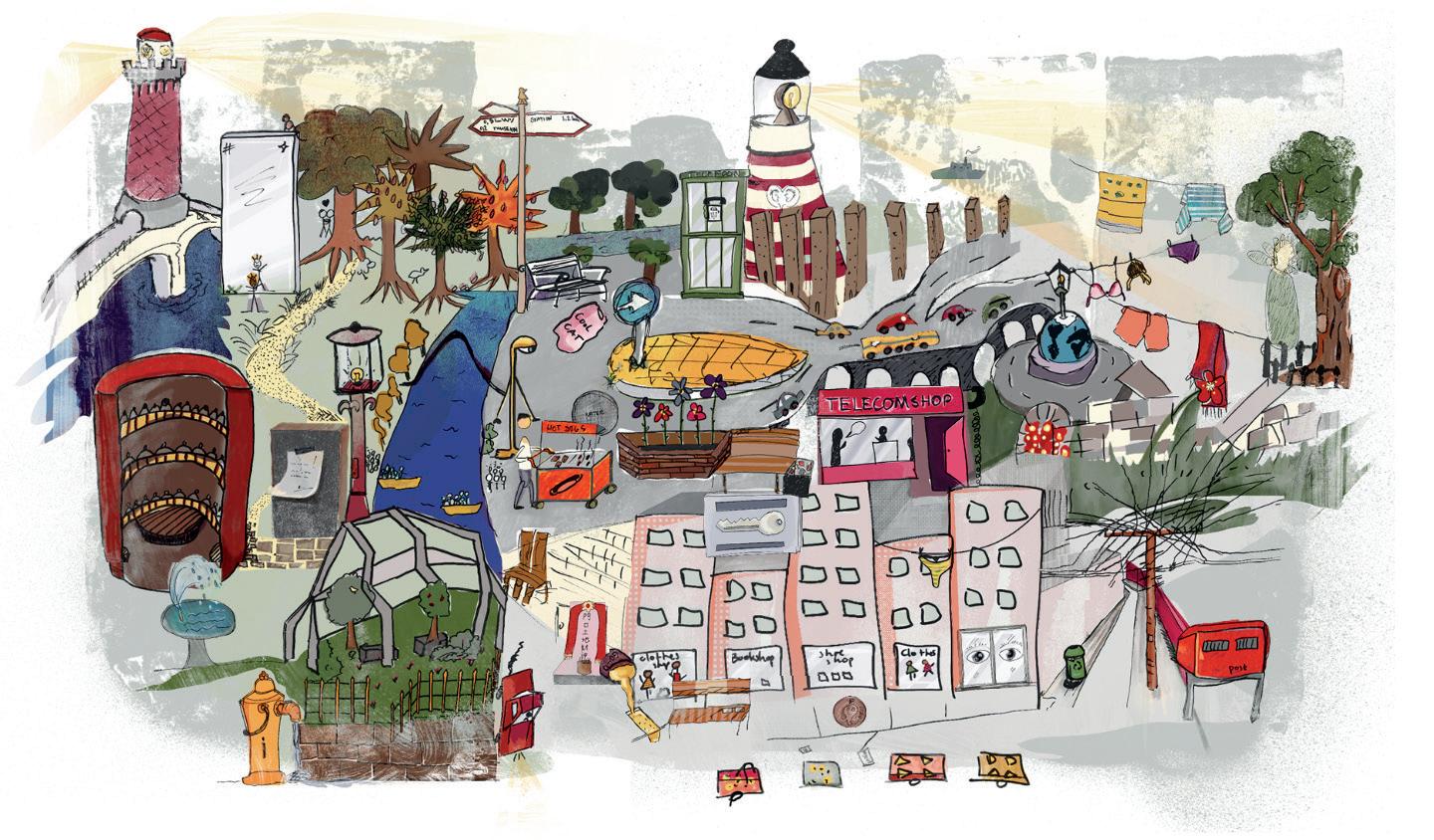
Project ‘Exploring Journalism’s Limits’ by Sander Hölsgens, Saskia de Wildt, Geesje van Haren, Yael de Haan, Lucas Hendricks & Witschge © Final visualisation by artists Jobbe Holtes and Yotka Kroeze.
We worked on new narrative forms linked to the overarching topic of inequality. Surrounded by designers and journalists from large and established newsrooms, I felt imposter syndrome creeping under my skin whenever I introduced myself. I was neither a ‘trained’ designer nor a journalist. Luckily, I had a light bulb moment during a presentation of Tamara Witschge, professor of Creative Media for Social Change at the Hogeschool van Amsterdam. Moving beyond disciplines Think about the discipline you identify with the most. This could be architecture, journalism, graphic design or even programme making (like me). Then think about your role in society. Now, if you had to pick an object in the public domain to visualise this – which would you choose?
For the project ‘Exploring Journalism’s Limits’, Tamara Witschge did this exercise with 33 journalists, asking them to draw themselves as an object in the public domain. Some drew a garbage bag flying around the city, travelling and absorbing different stories along the way. Others drew objects symbolising meeting places, like a fountain or bench. Some journalists drew mirrors or dirty laundry, reflecting on their role to uncover information and make it public. Together, they created a cityscape.
After Tamara’s project presentation, I reflected on my own role in society and how I approach my work as a programme maker and anthropologist. At DCFA, we often say ‘everything around us was once designed and can be redesigned’. The fields of journalism, design and academia have all been designed with excluding elements built in. Without critical reflection, this exclusion becomes transgenerational. It is so easy to get stuck thinking ‘this is how it’s always been, so it will never change’. But Tamara’s project creatively encourages us to be critical and reflective about what and why we learn and the way we learn, while also embracing this sense of openness, wonder and curiosity. I realised that when we reflect on our own meaning in society and the core values at the basis of that meaning, disciplinary boundaries blur and space is created for thinking creatively. Like the pillars that keep a building standing, this becomes the foundation and glue of collaboration.
Becoming a symbiosis After Tamara’s presentation, we were divided into three groups. I joined the de Volkskrant team with Michelle de Gruijl (editorial designer), Geart van der Pol (journalist), Fien Leeflang (graphic designer & image editor), Charmaine de Heij (photographer) and Eef Veldkamp (artist and researcher).
We decided to focus our Designalism project on tangible and embodied experiences of inequality. The average audience of de Volkskrant is white, male, privileged. Our aim was to explore how to counter the ‘not in my backyard’ perception. For example, people who read about the climate crisis or asylum seekers sleeping outside might get upset, but after they close the newspaper, their lives continue. How can we make inequality more tangible and encourage civic engagement, especially among those that are privileged?
It was important to get to know each other’s strengths and interests more in-depth. We first worked on ideas individually. Afterwards we discussed which were the most feasible and could best capture our respective disciplines. Quite a time consuming process, but Michelle and Geart, who lead the de Volkskrant group, emphasised that a successful project meant granting space to all perspectives. Michelle explained: “Different perspectives, philosophies and knowledge push the people involved – and therefore, the end result – to a higher level. Also, a designer can adopt methods from journalism and a journalist might think and create like a designer. If we remove all the labels and boundaries we created ourselves, we open up new space for innovation and creative ideas. That way, form and content can become a true symbiosis.” Becoming a master of none “In the beginner’s mind, there are many possibilities. In the expert’s mind, there are few.” This quote by Zen master Shunryu Suzuki captures the Zen concept of seeing things with new eyes, unboxing and peeling off the filters of our beliefs, biases, past experiences and expertise.
Reflecting on Michelle’s point: to become a true symbiosis, every team member was pushed to re-embrace their childlike wonder, step away from the known and cultivate an open attitude of (un)learning.
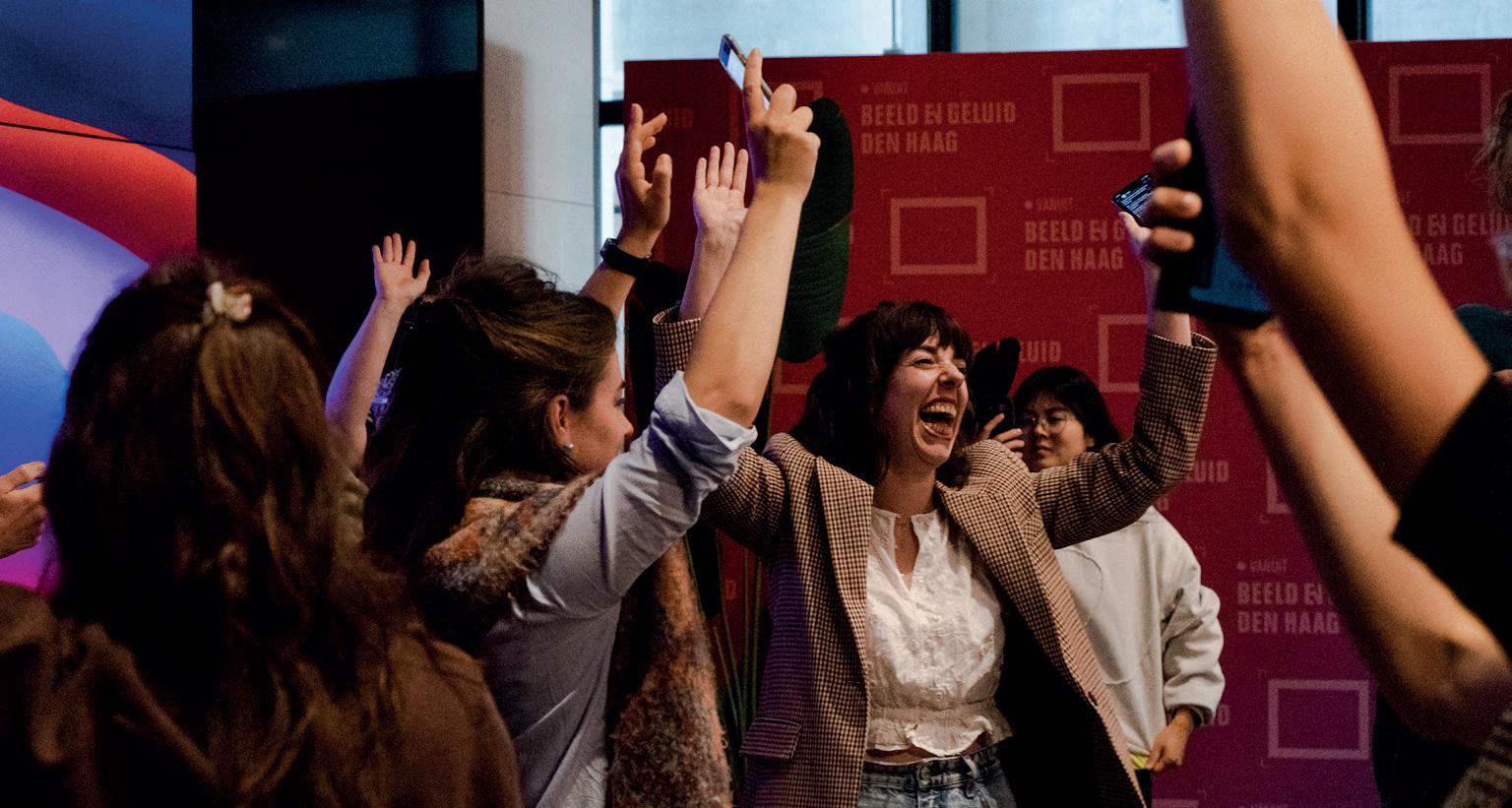
Designalism Newsroom © Emilia Martin
When we reflect on our own meaning in society, disciplinary boundaries blur and space is created for thinking creatively.
We started out with a blank slate, allowing our imagination to go wild. There were no boundaries. We conceived Privilege Man, a superhero who saves privileged people from their biases and prejudices. We envisioned a 3D image of a white body through which viewers could learn about different privileges linked to whiteness. We also thought of creating a crossword puzzle with hidden messages about white privilege. Brainstorming was fun, but at some point we were moving in circles. The journalist and writer in me kept thinking: what’s the story? We were so fixated on the medium being innovative, I felt the ‘why’ had faded into the background. Looking back now, I know that this is the way most designers and artists work. Charmaine has a background in photography and usually thinks in visual concepts first: the story follows.
Collaborating efficiently required us to find middle ground between the artists, the journalists and the designers. The journalists needed to let go of control and the urge to ‘know all the facts’ in order to embrace play, discomfort and ambiguity – the birthplace of new ideas. The designers and artists in our team were challenged to think more structurally about the relevance of the story: what is the interesting hook? Who do we
want to reach, and through which medium? Just like Tamara’s city map exercise, this process forced us to let go of our familiar methods and think about our goal and role – in society, but also within the team. For some, becoming a symbiosis meant staying silent where they would usually speak up; for others, it meant confronting insecurities. Fien stressed the importance of understanding there is no right way to go about things. “You have to be open to new views and workflows, and consider the project a possibility to learn and expand your own horizons. Never overfixate on the finish line – you can’t envision the results of a collaboration all by yourself.” Monuments of inequality We called our project ‘Everyday Monuments of Inequality’. It explores forms of (verbal) exclusion, microagressions and discrimination in the public space. For our presentation, we didn’t want to focus on the outcome, but on the following process of making and collaborating.
First, we created a safe space to allow both the team members and the respondents to be vulnerable. We took the time to exchange personal experiences of exclusion within the group, then reached out to people within our networks. Quotes included sexist, racist, and homophobic comments, such as “Go back to your own country!”; “You people are all the same”; “Did you wear that especially for me?” and “Such a shame that you’re attracted to women.”
This process confronted us with our own biases and enabled the team to get to know each other better. It reminded us of our values and the reasons for doing this project. Through in-depth research, we discovered that in 2020, 27 per cent of Dutch people experienced discrimination.1 However, only seven thousand cases of discrimination were reported in the next year2 – a mere fraction. To counter discrimination, all 345 Dutch municipalities are obliged to use anti-discrimination facilities. Recently, they also received extra funding to address discrimination. However, this funding is not earmarked and usually not used for its intended purpose. An investigation on where the cash flow actually goes is in the pipeline.
1 Sociaal en Cultureel Planbureau, Ervaren discriminatie in Nederland II (2020) 2 Ministerie van Binnenlandse Zaken en Koninkrijksrelaties, Discriminatiecijfers in 2021 (2021)
Furthermore, many civilians lose trust in institutions as discrimination increases while transparency about and research on the consequences of reported discrimination is lacking. This may result in victims reporting less and less, and thus, the vicious cycle continues. To humanise the stories behind these statistics, we created a mock website on which people could showcase their experiences of exclusion, microagression and discrimination in public space. We proposed to print them onto posters to put up on the streets, addressing municipalities and
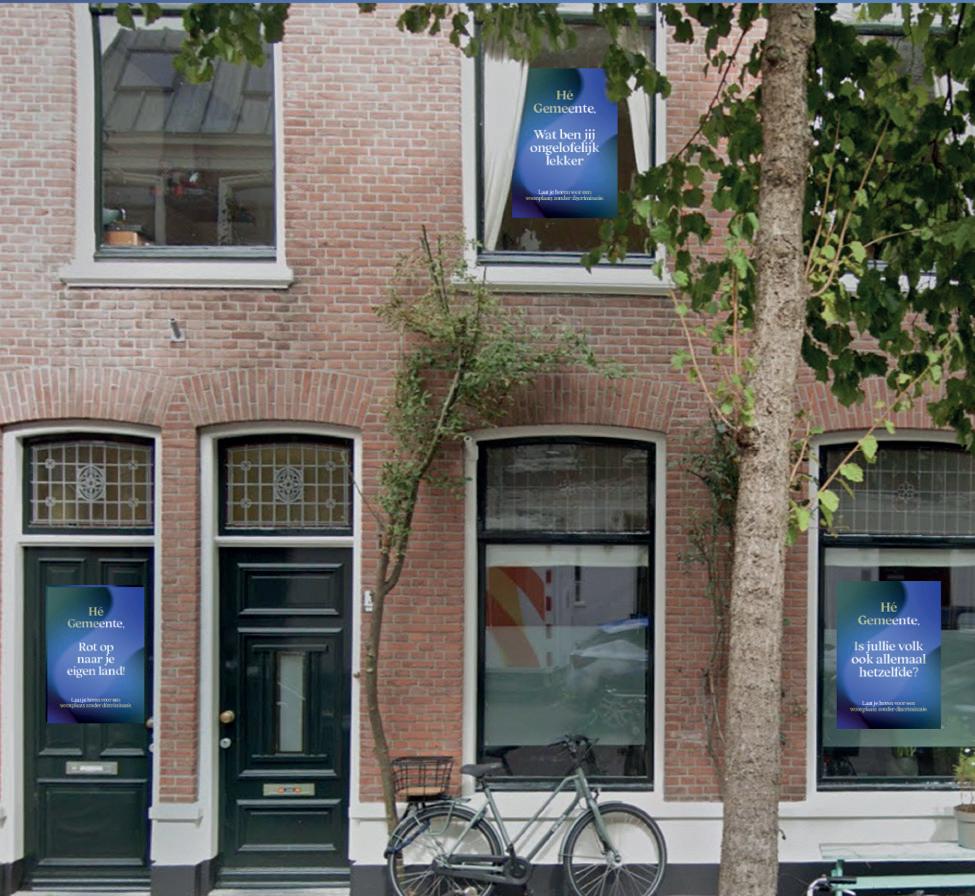
Poster design targeting municipalities © Designalism Newsroom
calling them to action. This allows the design to be open-ended and ongoing.
We did not execute the poster campaign, but the process of making, conducting research and collaborating re-awakened in us the curiosity and inspiration to explore the unknown. It gave us insights that moved us to approaching design, writing, and journalism with fresh eyes.
So… What do you want to be when you grow up? I still don’t know. Instead, I would like to rephrase to: who do you want to become?
The process of becoming is fluid and never-ending. Many see the act of learning – their studies, discipline, or career – as a final destination. As a result, they limit themselves, box in their imagination, become stuck in the known, and lose their sense of wonder. Instead, let’s adopt an open-ended approach to (un)learning, enabling us to grow together with the places, times and people surrounding us. CURIOUS FOR MORE?
In the DCFA programme Redesigning the Mindset, we reflect on the various layers of identity and how equity-centred design thinking can be used to redesign an exclusionary mindset.
PLATFORM: ACED
ACED is a platform for design and journalism offering a rich programme of knowledge development, experimental production and public interaction that reflects on the current conditions of society.
PODCAST: DESIGNALISM
Designalism has its own podcast, which portrays the frontrunners at the intersection of design and journalism. By combining methods, tools and tricks from both disciplines, new forms of information arise, and with that new insights and surprising perspectives.
HOW DO WE DESIGN FOR ALL?
OneWorld Setareh Noorani Edwin Gardner & Christiaan Fruneaux /de Chrononauten Yelizaveta Strakhova Roberto Rocco ‘Do you really want to know the other side? Do you really want to know the other truth, maybe the uglier truth, or something that’s not comfortable for you?’
SEADA NOURHUSSEN DCFA LIVECAST BREAK THE IMAGE
AMINATA MINTE LIVECAST CREATING A NEW NEWSROOM
HENK OVINK LIVECAST MAKING TANGIBLE IMPACT










